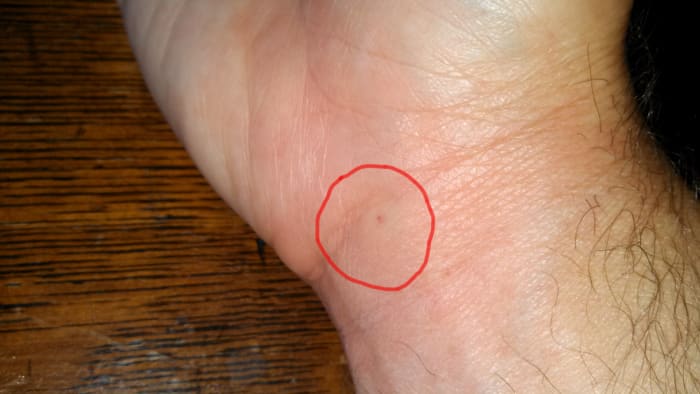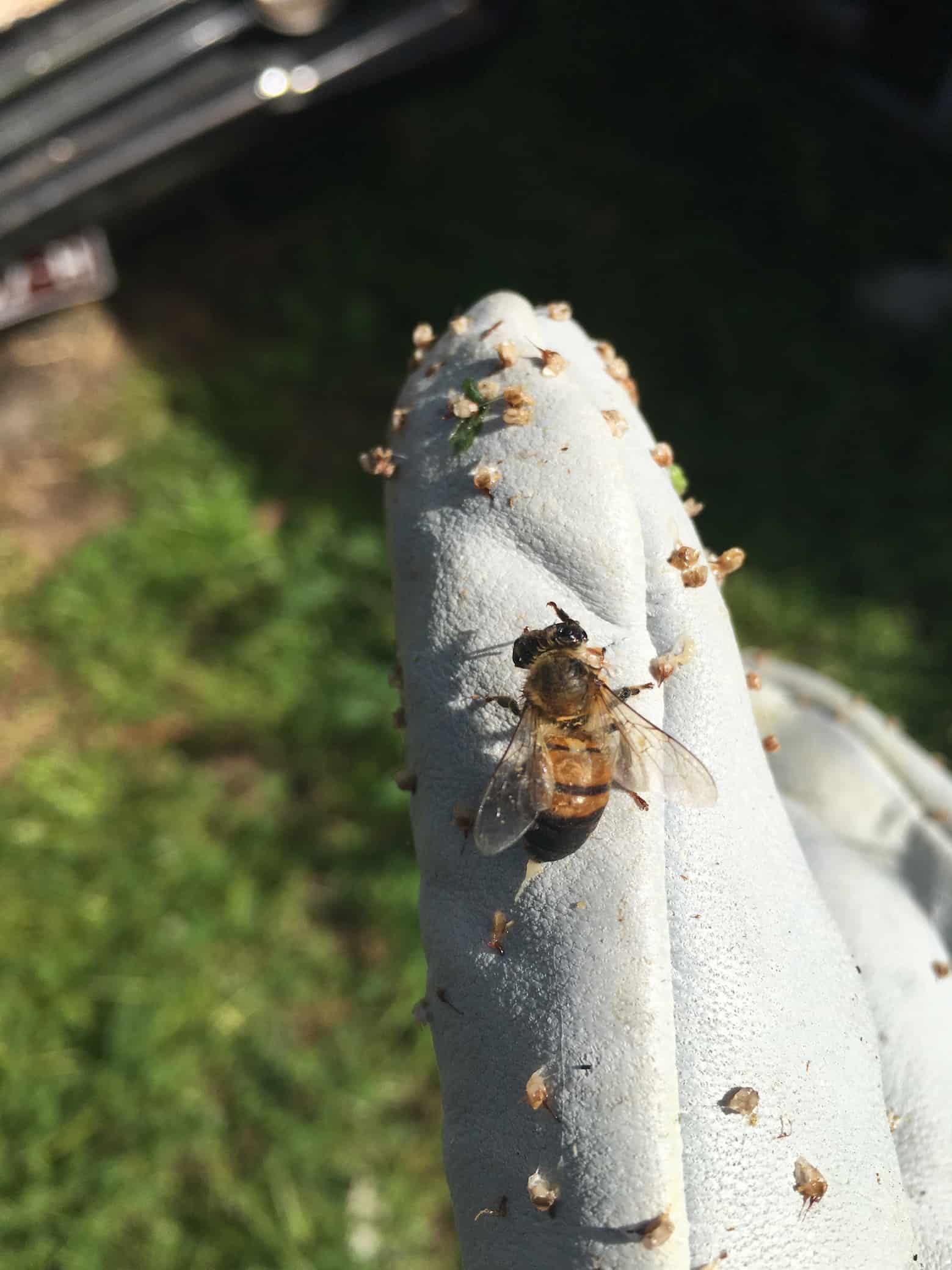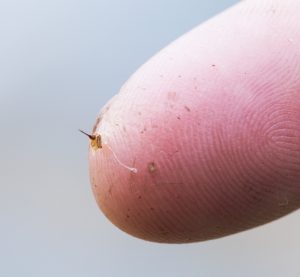

Annual fatalities due to bee stings in Texas have not increased since this bee arrived there in 1990. Since they reached Mexico in 1986, the bees have reportedly killed several dozen people. About 350 human deaths in Venezuela between 19 were attributed to Africanized honey bees ( Winston, 1992). While the Africanized honey bee stings much more readily than the European honey bee, so far deaths of animals and humans due to A. It requires a specialist to examine and measure specific morphological (e.g., wings) and biochemical features of several bees to determine their identity. Schmidt.)Īside from their behavorial differences, individual Africanized honey bee workers are indistinguishable from workers of the European subspecies of A. Note the concentration of bee stings about the eye. Head of German shepherd dog in fatal case of attack by Africanized honey bees ( Apis mellifera). Other subspecies of the common honey bee become established more slowly in new areas and are less likely to abscond when conditions change.įIGURE 19.27. When foraging or nesting conditions become restrictive, the bees leave their hives in a process called absconding and relocate to new nesting sites. This bee quickly establishes itself in new areas. As of 1996, colonies have been discovered in south Texas, New Mexico, Arizona, California, and Puerto Rico. The first Africanized honey bee colony trapped in the United States was in 1990 in Texas. They spread south to Argentina and north through South America, reaching Panama in 1982. Captive bees escaped in 1957 when queen excluders were removed from some of the hives. This honey bee was introduced into Brazil in 1956 in an effort to improve the beekeeping industry in Latin America. It is most abundant in tropical, humid areas of Africa but extends into arid regions of South Africa. mellifera scutellata), an aggressive subspecies of the common honey bee that has spread in recent years through tropical regions of South and Central America. Of particular concern in the United States is the northward movement of the Africanized honey bee ( A. Although these swarms are less defensive than an established colony because they lack brood, stored pollen, and honey, it is best not to approach or disturb them. Swarms often are seen resting in exposed sites such as trees, shrubs, and under eaves of buildings while they are seeking a suitable cavity in which to establish a new hive. The perennial colonies of honey bees usually survive the winter, and in late spring through early summer they reproduce by swarming.

Despite the fact that commercial breeding of honey bees has dampened the defensive tendencies of many races, honey bee colonies can still attack and sting intruders in large numbers. These colonies typically have 15,000–30,000 bees, whereas commercial hives are usually larger, with 30,000–50,000 bees. Feral or “wild” honey bee colonies construct nests in cavities of hollow trees and in attics and wall voids of human dwellings. 19.26), in which they rear the brood and store pollen and nectar. Honey bees build large nests, called hives, consisting of several wax combs of hexagonal cells ( Fig. (Courtesy of Entomological Society of America.)

European honey bee (center), surrounded by Africanized honey bee workers. Honey bees ( Apis mellifera) on surface of comb in hive.


 0 kommentar(er)
0 kommentar(er)
